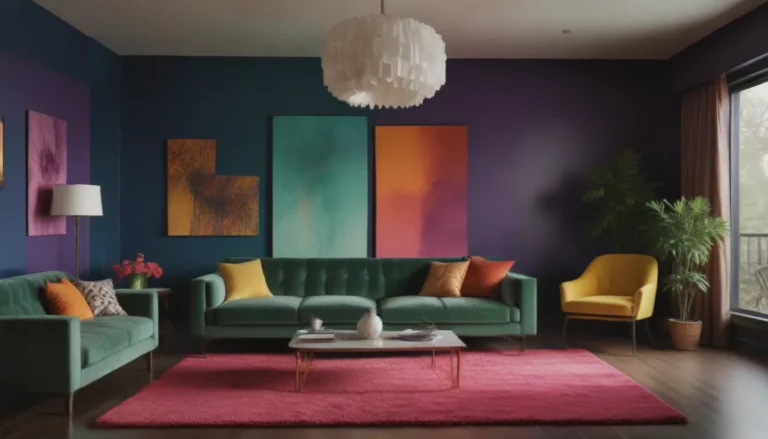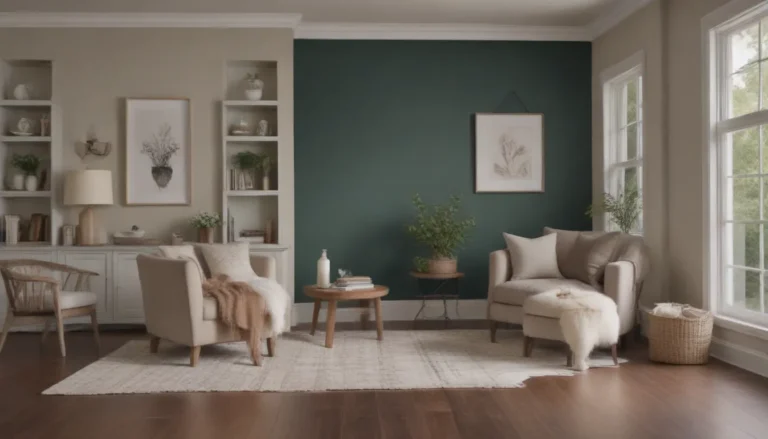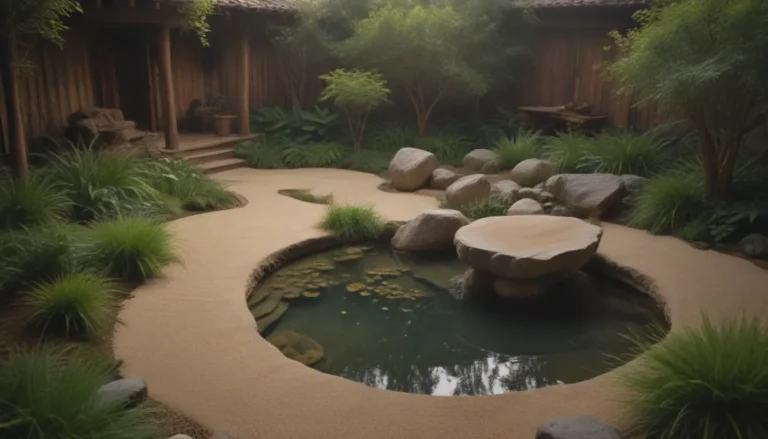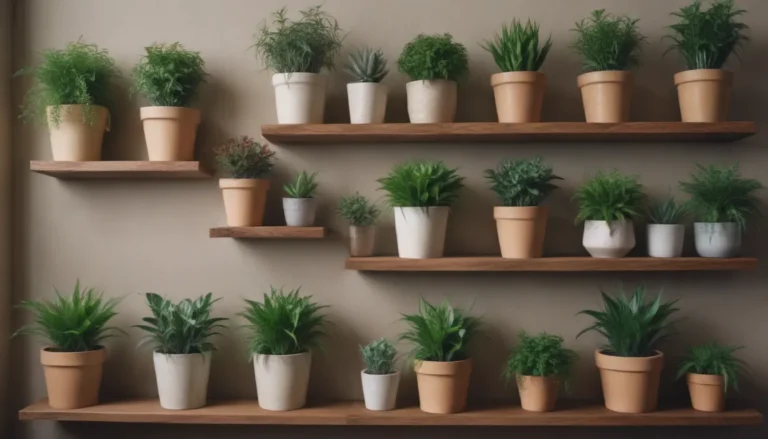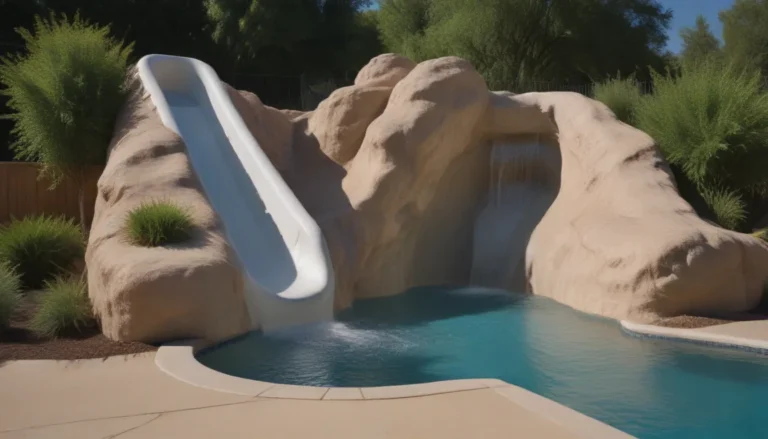An In-Depth Look at Midcentury Modern Style: Your Comprehensive Guide

Are you a fan of sleek lines, functional design, and a touch of retro flair? If so, you might be drawn to the timeless appeal of midcentury modern style. In this article, we’ll dive deep into what midcentury modern is all about, its history, key characteristics, and why it’s still a popular choice for interior design today.
Unraveling the Mystery of Midcentury Modern Style
Midcentury modern style emerged in the middle of the 20th century, during a time of post-World War II optimism and innovation. Designers and architects sought to marry mass production and technology with a more optimistic outlook for the future. According to designer Liza Kuhn, midcentury modern design was a response to the changing times, focusing on simplicity, functionality, and clean lines.
A Brief History of Midcentury Modern Style
The roots of midcentury modern design lie in functionality and simplicity, mirroring the preferences of the population at that time. Homes were becoming more linear, centered around the nuclear family unit, and furniture design reflected this shift. It was a departure from the ornate traditions of the past, embracing a more modern, organic way of living.
Midcentury modern is often considered a subset of modern design, characterized by its retro flair and use of bright accent colors. The key to midcentury modern design lies in its simplicity, functionality, and clean lines that still resonate with homeowners today.
Key Characteristics of Midcentury Modern Style
- Most authentic midcentury modern furniture is crafted from teak, known for its rich color and durability.
- Rosewood and oak were also commonly used in case pieces like tables, desks, and storage cabinets.
- Materials like wood, metal, glass, and vinyl were often combined to create unique and eclectic pieces.
- Curved shapes, such as the iconic Eames chair, defined midcentury modern design.
- Color played a significant role, either as bold accents or to make a statement in a room.
Is Midcentury Modern Still Relevant Today?
Despite its origins in the mid-20th century, midcentury modern style continues to be popular for its functionality, clean lines, and timeless appeal. Multipurpose furniture, a hallmark of midcentury modern design, is still embraced by designers today. The focus on functionality and simplicity in midcentury modern design aligns with modern homeowners’ preferences for versatile and practical pieces.
Design Tips for Incorporating Midcentury Modern Style
When decorating with midcentury modern style, it’s essential to let the wooden pieces take center stage. Ensure that the woods you choose complement each other, creating a cohesive look. Keep in mind that midcentury modern furniture was not designed for today’s tech needs, so you may need to adapt pieces for modern use.
To strike the right balance in your space, mix and match midcentury modern pieces with contemporary or industrial elements. Avoid creating a dated, museum-like look by incorporating modern touches and textures. Midcentury modern is all about function, so ensure that any vintage pieces you acquire are sturdy enough for everyday use.
Exploring Similar Design Styles
If you’re a fan of midcentury modern style, you may also appreciate design styles like Scandinavian, minimalism, and contemporary. These styles share elements of simplicity, functionality, and clean lines that appeal to modern homeowners looking for a timeless yet trendy aesthetic.
In conclusion, midcentury modern style is more than just a design trend—it’s a timeless aesthetic that continues to captivate homeowners with its blend of form, function, and retro charm. Whether you’re a die-hard fan of midcentury modern or simply looking to incorporate some retro flair into your space, this style offers endless possibilities for creating a stylish and inviting home.
